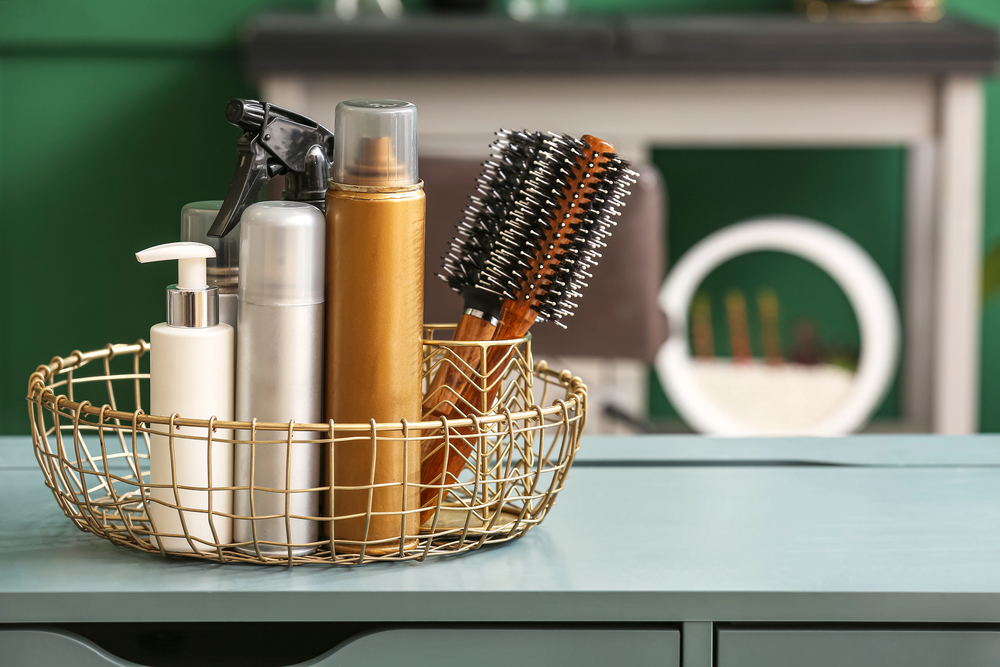We have all been there. A friend swears by a styling cream, your hairdresser raves about a particular gel, or you stumble across glowing reviews online, only to try it yourself and get no results. No transformation, just another half-used tub gathering dust in the bathroom cabinet.
It is baffling, especially when the hype seems universal. Take the much-loved Eco Style hair products, for example. Some people credit them with delivering sleek, defined styles every single time, while others can’t get past the flaking, heaviness or lack of hold.
The truth is, it is not a matter of luck. There is a real science behind why a hair product can be a holy grail for one person and a total flop for another. Once you understand that, you will be able to choose hair products that suit your own hair instead of chasing someone else’s results.
The Factors You Can’t See but Your Hair Can Feel
It’s tempting to chalk it all up to personal preference, but the reality is more complex. Hair products interact with your strands in ways that are deeply personal. Your hair’s porosity, texture, density, curl pattern and even the health of your scalp all play a role in how a formula performs.
Think of it like skincare, the same moisturiser won’t behave the same way on oily, dry and sensitive skin. Likewise, a gel that gives one person glossy definition can leave someone else with limp or sticky hair.

Hair Porosity
One of the most important factors is porosity, which refers to the hair’s ability to absorb and hold moisture. High-porosity hair behaves like a sponge, soaking up product quickly but losing moisture just as fast. It often responds best to richer creams and oils that lock hydration in place. Low-porosity hair, on the other hand, is more resistant to absorbing moisture. Heavy hair products can end up sitting on the surface rather than penetrating, which leads to dullness, buildup or flaking.
Knowing where your hair sits on the porosity scale can save you a lot of frustration. It is why two people can use the same leave-in conditioner and have completely different experiences.
Scalp Health and Its Influence
The scalp is often overlooked, but it is where everything starts. Oily scalps can make certain gels or serums feel greasy within hours, while drier scalps may react poorly to products that contain too much alcohol or certain preservatives.
Even formulas labelled as gentle can cause problems if they are not matched to the scalp’s needs. That said, it’s always good to do some homework before trying out new hair products.
Ingredients
It is worth looking closely at what’s inside the hair products you use. Eco Style’s alcohol-free gels, for instance, often include natural oils and humectants like olive oil, argan oil and flaxseed extract. These can nourish and add shine if your hair type agrees with them.
Glycerin is a perfect example of how environment and hair type collide. In a dry climate, it can help draw moisture into the hair. But in a humid climate, it can overdo it, pulling in so much moisture from the air that your style collapses into frizz.

Climate and Water Quality
Where you live has a bigger impact on your hair than you might think. Someone in Darwin’s tropical humidity will have a different experience than someone enduring Adelaide’s dry winters. A gel that gives perfect hold in Brisbane might feel tacky and limp in Melbourne’s drizzle.
Water quality adds another layer. Hard water, full of minerals like calcium and magnesium, can react with product ingredients and leave a residue that dulls your hair and makes it feel coated. Over time, this can make you think a product has stopped working when it’s actually the water interfering.
Lifestyle and Hair History
Your lifestyle plays a role too. Diet, hydration, stress, time spent in chlorine or saltwater, and heat-styling habits all affect how your hair responds.
Hair that’s been repeatedly bleached will often be more porous than untreated hair, which changes how it interacts with products.
Not All Hair Products in a Brand Are the Same
Many people give up on an entire brand because one product didn’t suit them. That is a mistake. Within a single brand, formulas vary widely. Olive oil gels, for instance, are geared towards softness and shine, while others are built for stronger hold.
Some variants include ingredients like shea butter or black castor oil for moisture or nourishment. Dismissing a whole brand after one mismatch is like giving up on an entire cuisine because of one disappointing dish.

Finding What Works Through Strategy
Rather than constantly hopping from one trending product to another, it helps to approach hair care strategically. Learn your hair’s porosity, density, texture and curl pattern.
Know your scalp’s condition and the effect of your local climate and water quality. Once you know these details, you can make far more informed choices and reduce the cycle of trial and error.
Experimenting with Purpose
Experimentation still has its place, but it works best when it is deliberate. Changing everything at once only makes it harder to pinpoint what’s helping or hurting.
Swapping one hair product while keeping the rest of your routine the same allows you to clearly see what’s making the difference.
Reading the Labels
Ingredient lists don’t have to be intimidating. The first few items make up most of the product, so focus on understanding those.
Proteins strengthen, humectants draw moisture, emollients soften, and film-formers provide hold. Recognising which of these your hair likes or dislikes will make choosing products far easier.

Takeaways
There is no single best hair product, only the best one for your hair, in your environment, at this point in its life. The reason your friend’s miracle gel leaves you with crunchy strands has less to do with luck and more to do with biology, chemistry and climate.
Trusted brands have earned their loyal following because they offer quality, but even their most-loved formulas won’t suit everyone. That is not a flaw, but just how hair works. The sooner you start paying attention to how your hair behaves in different conditions, noting which ingredients consistently deliver, and trusting your own experience over online hype, the sooner you’ll find hair products you can rely on.
Image Credit: depositphotos.com





























